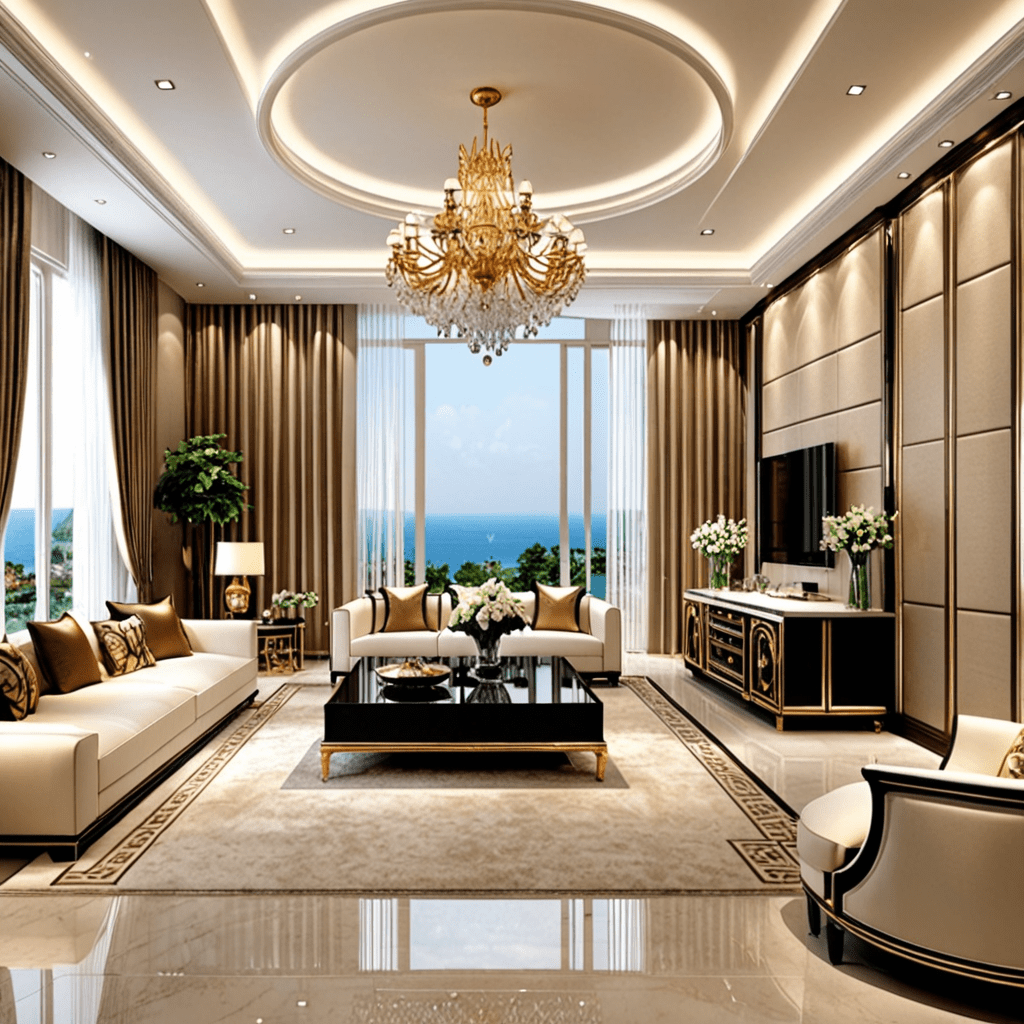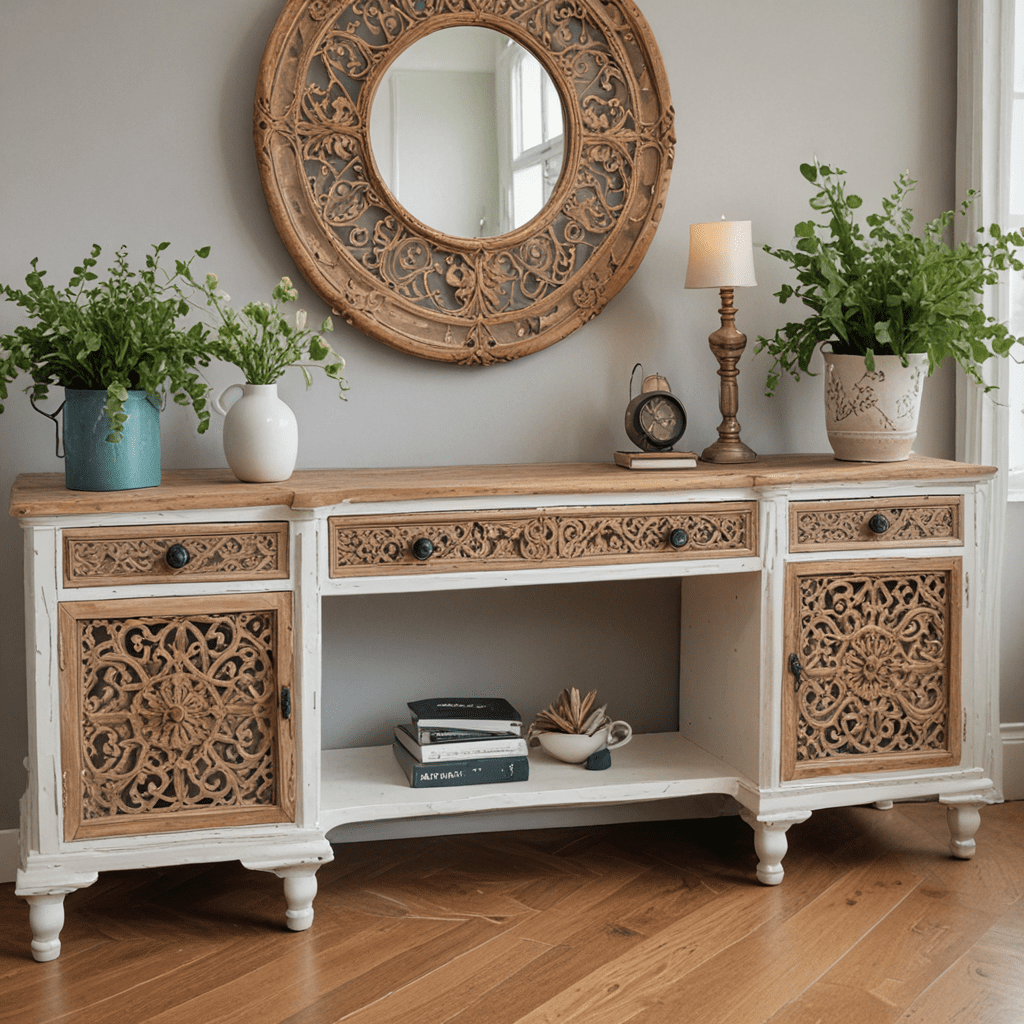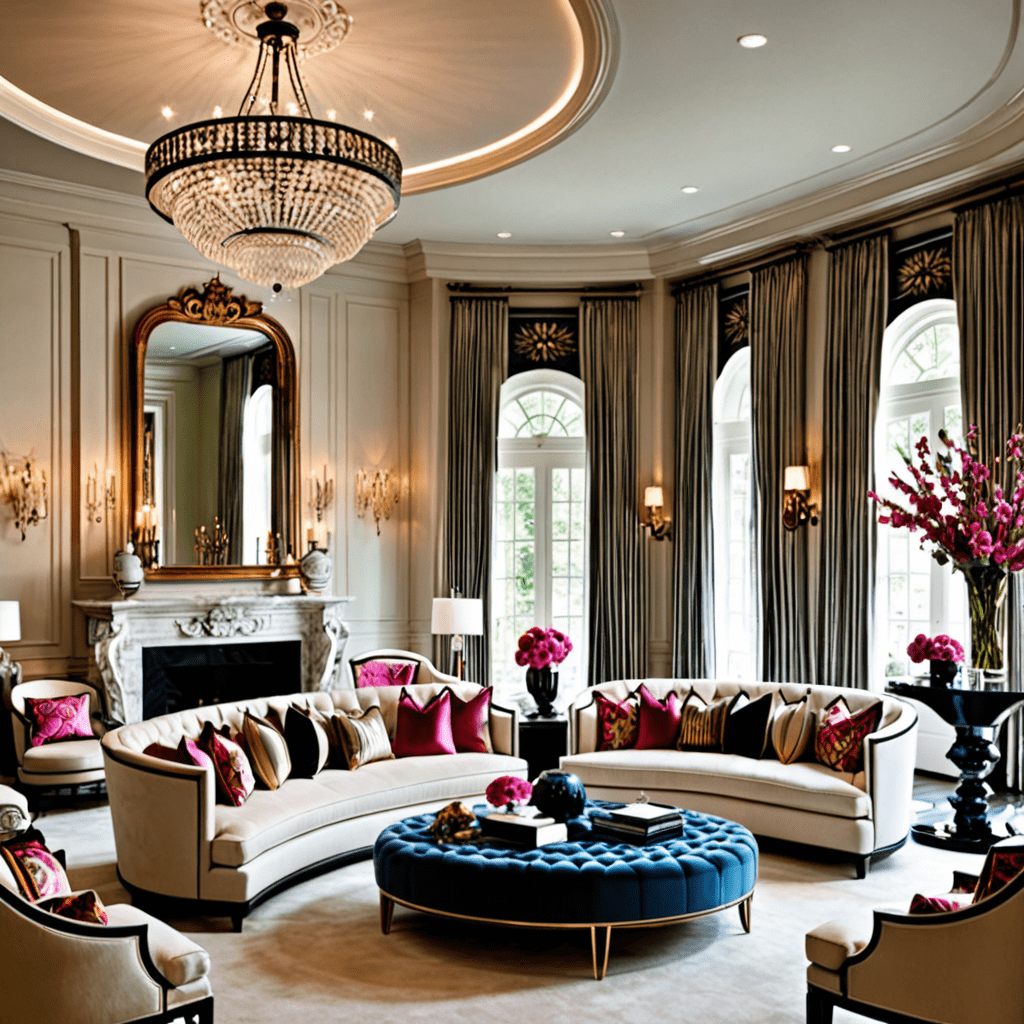Indoor Plants in Design: How to Choose and Care for Houseplants
Indoor Plants in Design: How to Choose and Care for Houseplants
Introduction
In recent years, indoor plants have become a popular trend in interior design. From small succulents to towering fiddle leaf figs, houseplants have the ability to add freshness, life, and a touch of nature to any room. But indoor plants are not just a decorative element – they also offer numerous physical and psychological benefits. In this article, we will explore why indoor plants are so popular in design and provide tips on choosing and caring for houseplants.
The Benefits of Indoor Plants
Before we delve into the key elements of incorporating indoor plants into your design, let’s discuss some of the benefits they offer. Studies have shown that houseplants can purify the air by removing toxins and releasing oxygen. This can improve indoor air quality and create a healthier living environment. Additionally, indoor plants have been proven to reduce stress, enhance mood, and increase productivity. Their presence can create a calming and soothing atmosphere, making them a valuable addition to any space.
Key Elements of Indoor Plant Design
Choosing the Right Plant: When selecting houseplants, consider factors such as lighting conditions, temperature, and maintenance requirements. Some plants thrive in bright, indirect light, while others prefer low-light environments. It’s also important to choose plants that are suitable for the climate and temperature of your home.
Arranging Plants: Once you have chosen your plants, it’s crucial to arrange them strategically within your space. Place larger plants in corners or as focal points, while smaller plants can be used to add a pop of green on shelves or side tables. Experiment with different heights and textures to create visual interest and balance.
Accessorizing with Planters: The choice of planters can significantly impact the overall aesthetic of your indoor plants. Consider the style of your space and choose planters that complement the decor. Ceramic, terracotta, or woven baskets can add a touch of warmth and texture, while sleek and modern planters can lend a contemporary look.
Maintenance and Care: To keep your indoor plants healthy and thriving, it’s important to provide them with proper care. This includes watering them at the right frequency, using appropriate soil, and ensuring adequate humidity levels. Regularly dusting the leaves and inspecting for pests are also essential for maintaining plant health.
Tips for Choosing Furniture
When it comes to choosing furniture to complement your indoor plants, there are a few key tips to keep in mind:
Consider Scale and Proportion: Take into account the size of your space and the plants when selecting furniture. Oversized furniture in a small room can feel cramped, while tiny furniture in a larger space can look out of place. Find a balance that allows your plants to shine without overwhelming the room.
Match the Style: Consider the overall style and aesthetic of your space. If you have a modern and minimalist design, opt for furniture with clean lines and simple silhouettes. For a bohemian or eclectic style, choose furniture with unique textures and patterns. The goal is to create a cohesive look that ties in with the plants and other design elements.
Functionality is Key: While aesthetics are important, don’t forget about functionality. Choose furniture that serves a purpose and meets your needs. If you have limited space, opt for multifunctional pieces like storage ottomans or convertible sofas. This will ensure that your space remains practical and efficient.
Incorporating Art and Decor
To enhance the ambiance of your space and create a well-rounded design, consider incorporating art and decor alongside your indoor plants. Here are some ideas to get you started:
Gallery Wall: Create a gallery wall featuring artwork that complements the color palette of your space. Mix and match different sizes and styles of frames for a visually dynamic look. This can be a great opportunity to showcase your personal taste and add a personal touch to your space.
Layered Textiles: Add warmth and texture to your space by layering textiles such as rugs, curtains, and throw blankets. Choose patterns and colors that coordinate with your plants and furniture. This will create a cozy and inviting atmosphere.
Statement Pieces: Invest in a statement piece of decor that can serve as a focal point in your room. This could be a large wall mirror, a unique sculpture, or a striking piece of furniture. By carefully selecting and placing these items, you can elevate the overall design and create visual interest.
Natural Elements: Embrace the natural theme by incorporating natural materials, such as wood or rattan, into your decor. This will complement the organic feel of your indoor plants and create a harmonious and cohesive design.
In conclusion, indoor plants have become an integral part of interior design, offering both aesthetic and functional benefits. By carefully selecting and arranging your plants, choosing furniture that complements them, and incorporating art and decor, you can create a beautiful and harmonious living space that brings the outdoors inside. So go ahead, embrace the greenery, and let your indoor plants breathe life into your home.





